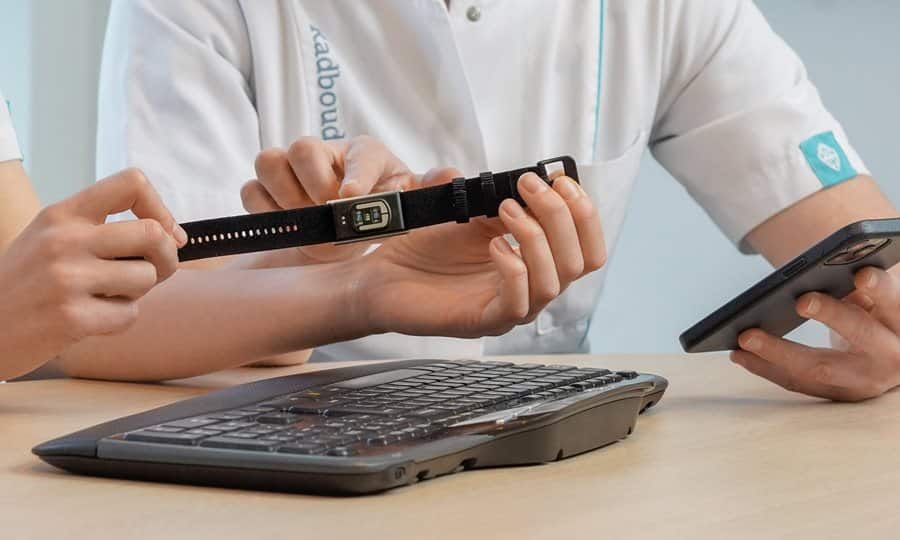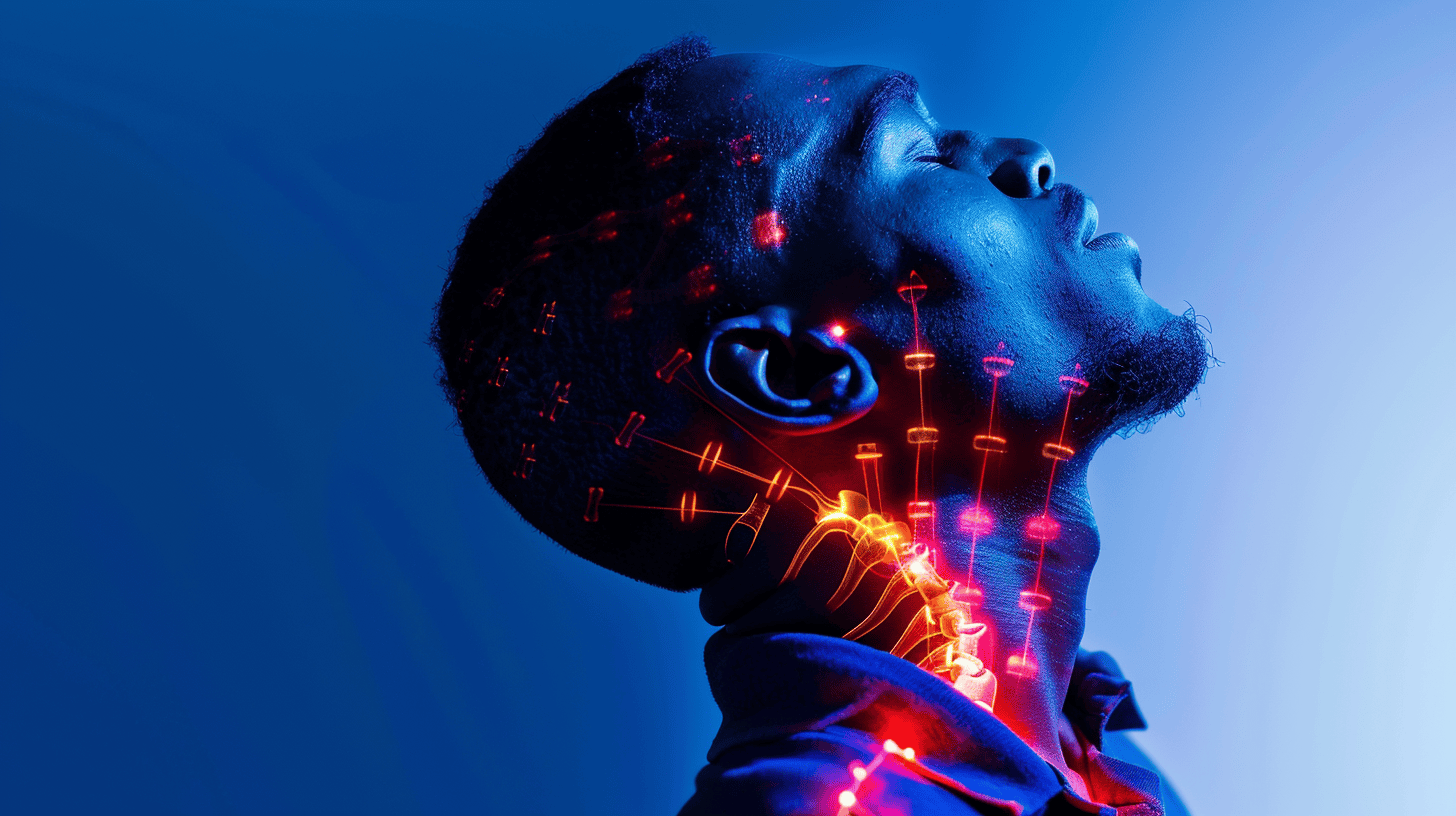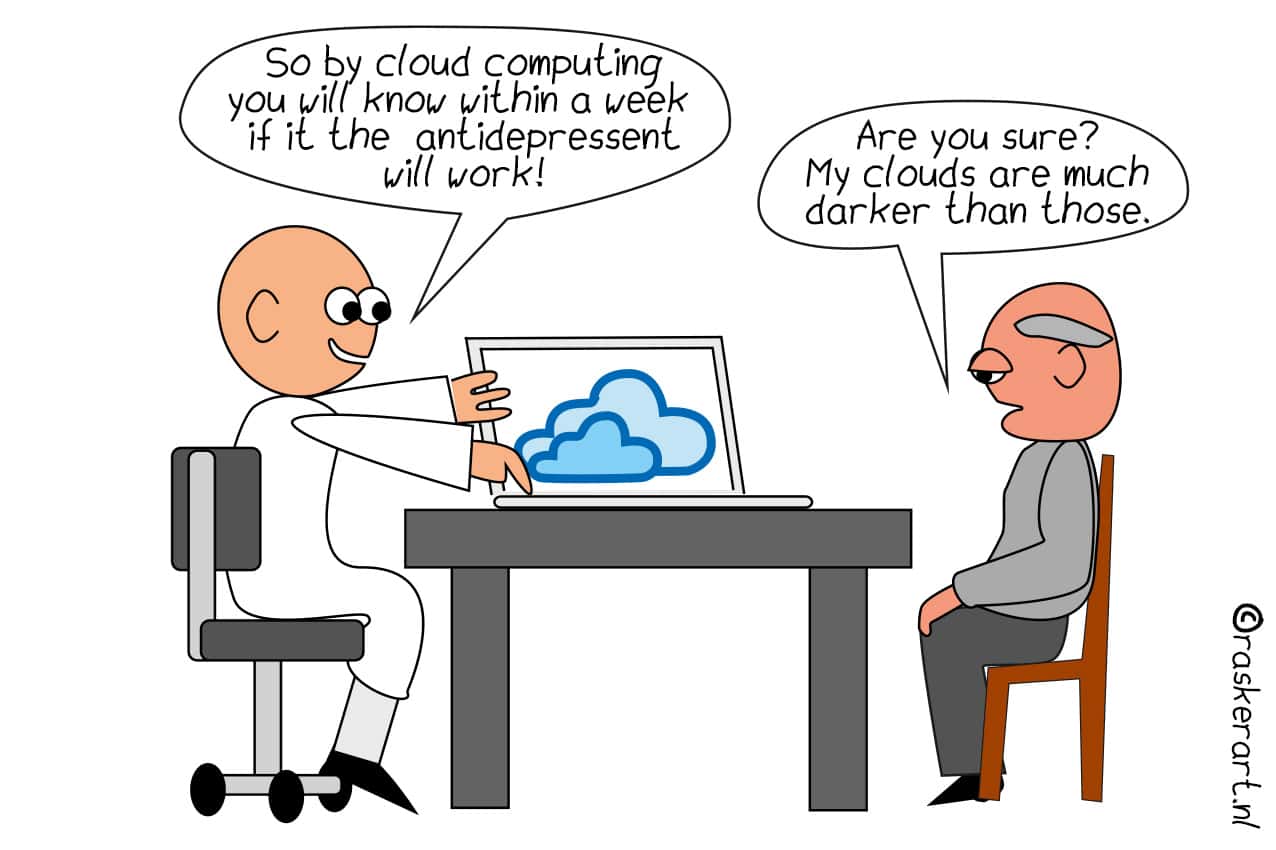
People with heart failure have little energy. As a result, everyday activities are often challenging, and social isolation is lurking. In the Netherlands, more than 250,000 people suffer from heart failure. In this chronic condition, the heart cannot pump blood through the body properly. Patients with heart failure are regularly hospitalized and require a lot of periodic care. Annoying for the patients and a great burden on the healthcare system. The bad news: the number of patients suffering from it is rising in the coming years, partly because of an aging population. That makes heart failure a growing social problem.
Why you need to know this:
The healthcare system is under pressure. The demand is rising, costs are rising and staff shortages are increasing. Technological innovations contribute to improvements in care. The link between scientific developments and implementation in practice is important to have a real impact on daily care. Cardiologist Hareld Kemps can look at this from both sides.
Hareld Kemps is a cardiologist at the Máxima Medical Center and a recent professor at the Faculty of Industrial Design at Eindhoven University of Technology (TU/e). He has been committed to helping people with heart failure for more than 12 years. He began his career as a sports physician and then became a cardiologist. “I got my doctorate in exercise in heart failure and have always been working to improve cardiac rehabilitation in the region,” Kemps says.
On February 8, he gave his inaugural lecture. “In Industrial Design, people are trained to do research and teach design. When designers think about the issues at the hospital, we get new insights. My role is to bring people together so that innovations are implemented.”
Healthy Heart @ Home Symposium
Before Hareld Kemps’ inaugural lecture on February 8, e/MTIC, Máxima Medical Center, and the Faculty of Industrial Design at TU/e organized a symposium. Several experts spoke about the treatment and prevention of hospitalization in heart failure and the role of technology in care. There was also a panel discussion, Ph.D. pitches, a ProCon session, and a FireChat. The symposium was open to everyone involved in MedTech, from scientists to entrepreneurs and politicians.
How big is the problem around heart failure?
“The acute treatment for heart problems is much better than it used to be. For example, far fewer people now die of heart attacks than ten years ago. Treatment for other diseases and conditions is also improving rapidly. As a result, people are getting older. These older people, in particular, are likelier to experience bad heart function. Every year, hospitals face more than 30,000 admissions for heart failure. The average cost of a patient with this condition quickly rises to €30,000. This greatly strains hospitals, both in terms of budgets and personnel.”
What are the possible solutions?
“A third of patients return to the hospital in the first 30 days after hospitalization. Now, we measure values such as weight, blood pressure, and symptoms. When one of these factors changes, it is already too late to do anything. There is room for improvement, for example, by continuously monitoring heart rate, breathing, and sleep with a smartwatch. This is what we are already doing in our studies. In addition, we are looking for even better sensors that can measure factors with which we can provide better preventive care and adjust treatment even earlier before things go wrong.”
“One aspect that can help us is measuring the heart’s vibrations. We can determine when the heart is overworked based on that. Research is now ongoing into the possibilities of measuring heart vibrations with a smartphone to estimate changes in pressure in the heart. With a sensor that has to be placed in the pulmonary artery, exact pressure measurements are already possible, but that is an expensive and invasive procedure. I hope that in the future we will be able to apply this in an affordable and non-invasive way, making it accessible to a large group of people.”
What about rehabilitation?
“These are all ways to ensure that patients remain stable. But care doesn’t stop once that point is reached. That’s when we want to do everything possible to get people fit again. So, we also look at the possibilities of rehabilitation at home. Here, it is very important to clarify what a patient can do and what his day looks like. This involves movement but also nutrition, sleep, stress, and anxiety. A whole team of healthcare professionals, such as a physical therapist, cardiologist, and psychologist, often works around a patient. Technology can help organize everything remotely well. Think of the previously mentioned sensors to measure values, but also image calling. This is already widely used at the moment to make contact between the professional and the patient easier.”
By monitoring at home, we get to know the patient better
Hareld Kemps
Why are you fully committed to home monitoring?
“The main reason: by monitoring at home, we get to know the patient better. You only see patients at the consultation if you don’t do remote monitoring. As a result, we always need to catch up. How well do you know someone if you see that person for ten minutes a few times a year? Monitoring data gives us a much more complete view.”
“In the future, patients may even be helped at home. Think of a talking robot that gives instructions during exercises. That will help not only patients but also healthcare professionals. There is a huge shortage of people, and support with technology will allow healthcare personnel to focus on the most important aspects where human attention is indispensable.”
What can technology do?
“I love new gadgets, and I believe they can make a difference with this group of people. There are so many preconceptions about older people when it comes to using technology. But I want to break that. With proper guidance, technology can help these patients. The monitoring is much better, so the treatment fits better.”

New movement
“My research is not only about monitoring and treating heart failure but also about the system around it. It’s a whole new movement. GPs and companies developing the technology are also part of it. In addition, there is a lot of legislation surrounding privacy and new medical devices. That makes it a long and costly process.”
“In the Brainport region, fortunately, there is already a lot of focus on collaboration. For example, more doctors here are also professors. We want to further strengthen the cooperation between the hospitals – the Catharina Hospital and the Máxima Medical Center – and the TU/e in the coming period. In doing so, we will focus especially on the question: how can we put research into practice? After all, that is a point where we often get stuck.”
What do you think the future looks like?
“I think care in the future will be hybrid, both home monitoring and hospital-based care. Specialists will have a more coaching role in this scenario and will be able to focus on the complex care matters, rather than the short appointments during the consultation hour. In addition, I think we will have more multidisciplinary cooperation so that there will be a team of professionals around a patient instead of all the separate specialists with separate consulting hours. Then, the patient also has a single point of contact, which is much clearer. I hope that eventually, we won’t just solve problems but help people structurally with a better lifestyle and thus better health.”








